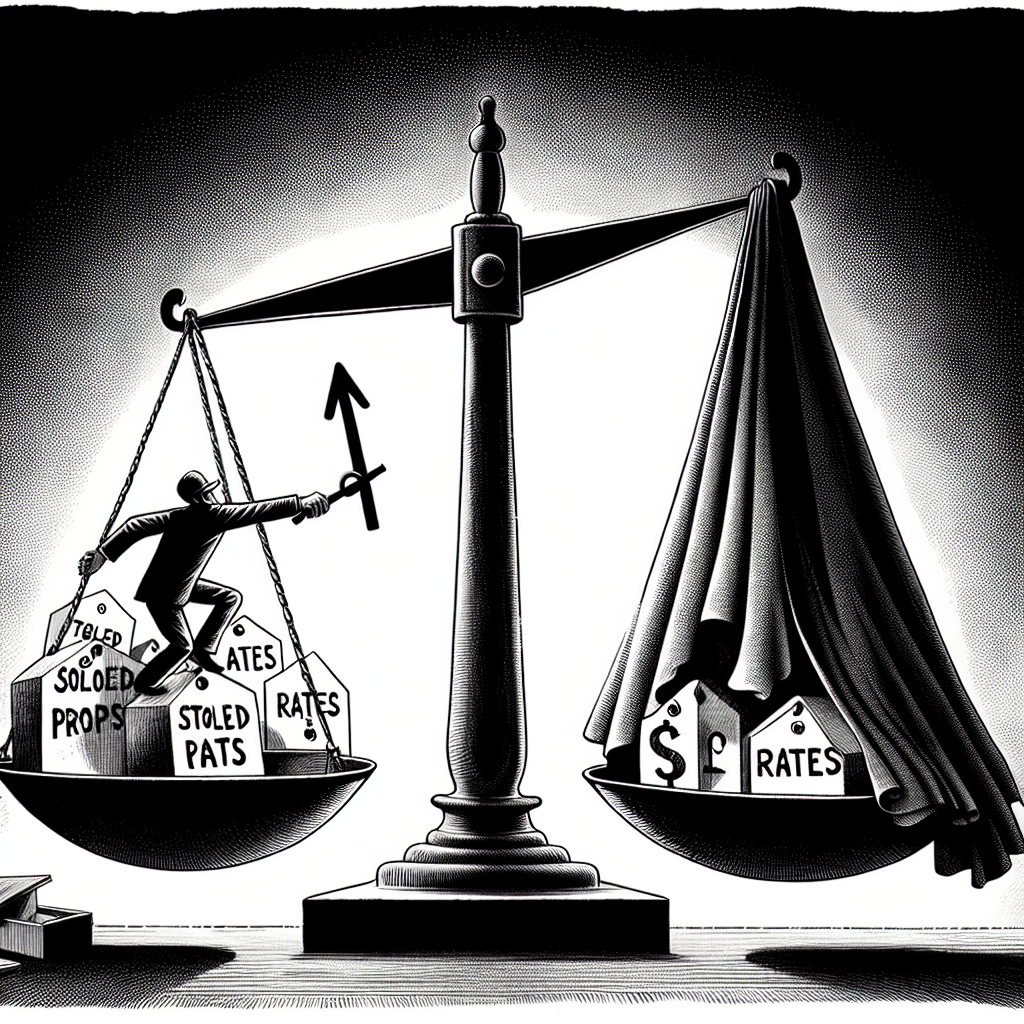-
Table of Contents
- Unveiling Greene: The Real Impact of Stolen Properties on Your Rates
- The Scope of Property Theft in Greene
- Statistics and Trends
- Impact on Insurance Rates
- How Insurance Companies Respond
- Economic Consequences for the Community
- Deterrence of Investment
- Reduction in Property Values
- Strain on Public Resources
- Case Studies: Real-World Examples
- Case Study 1: The Smith Family
- Case Study 2: Local Business Impact
- Community Safety and Quality of Life
- Psychological Impact
- Social Cohesion
- Strategies for Mitigating the Impact of Property Theft
- Enhanced Law Enforcement
- Community Engagement
- Policy Interventions
- Conclusion
Unveiling Greene: The Real Impact of Stolen Properties on Your Rates

Property theft is a significant issue that affects not only the direct victims but also the broader community. In Greene, the impact of stolen properties extends beyond the immediate loss of assets, influencing insurance rates, local economies, and community safety. This article delves into the multifaceted repercussions of property theft in Greene, providing a comprehensive understanding of how these crimes affect your rates and overall quality of life.
The Scope of Property Theft in Greene
Property theft encompasses a wide range of criminal activities, including burglary, larceny, and motor vehicle theft. In Greene, these crimes have been on the rise, with local law enforcement agencies reporting a significant increase in incidents over the past few years.
Statistics and Trends
According to the Greene Police Department’s annual crime report, property theft incidents have increased by 15% over the last three years. This rise is attributed to several factors, including economic downturns, increased drug use, and insufficient community policing resources.
- Burglary: Up by 10%
- Larceny: Up by 20%
- Motor Vehicle Theft: Up by 25%
These statistics highlight a growing concern for residents and local authorities alike, necessitating a closer examination of the broader implications of property theft.
Impact on Insurance Rates
One of the most immediate and tangible effects of property theft is the increase in insurance rates. Insurance companies calculate premiums based on risk assessments, and a higher incidence of theft in a particular area translates to higher perceived risk.
How Insurance Companies Respond
Insurance companies use complex algorithms to determine premiums, factoring in local crime rates, historical claims data, and individual policyholder risk profiles. When property theft rates rise, insurers adjust their models to reflect the increased likelihood of claims, leading to higher premiums for residents.
For example, a homeowner in Greene might see their annual insurance premium increase by 10-15% following a spike in local burglary rates. This increase can be particularly burdensome for low-income families, who may already be struggling to make ends meet.
Economic Consequences for the Community
Beyond the direct financial impact on individuals, property theft also has broader economic implications for the community. High crime rates can deter investment, reduce property values, and strain public resources.
Deterrence of Investment
Businesses are less likely to invest in areas with high crime rates due to the increased risk of theft and vandalism. This can lead to a lack of economic development, fewer job opportunities, and a stagnant local economy.
Reduction in Property Values
Property values are closely tied to the perceived safety of a neighborhood. When theft rates rise, potential buyers may be deterred, leading to a decrease in demand and, consequently, lower property values. This can create a vicious cycle, where declining property values further exacerbate economic challenges for residents.
Strain on Public Resources
Increased property theft also places a strain on public resources, including law enforcement, judicial systems, and social services. These resources must be diverted to address the rise in crime, potentially leading to reduced services in other areas.
Case Studies: Real-World Examples
To illustrate the real-world impact of property theft, let’s examine two case studies from Greene.
Case Study 1: The Smith Family
The Smith family experienced a home burglary in 2022, resulting in the loss of valuable electronics and personal items. The immediate financial impact was significant, with the family incurring costs for repairs, replacements, and increased insurance premiums.
Beyond the financial burden, the Smiths also faced emotional distress and a sense of insecurity in their own home. This incident prompted them to invest in additional security measures, further straining their budget.
Case Study 2: Local Business Impact
A local retail store in Greene experienced multiple incidents of shoplifting and break-ins over a six-month period. The financial losses from stolen merchandise and property damage were substantial, leading the owner to consider relocating to a safer area.
This decision would have had a ripple effect on the local economy, potentially resulting in job losses and reduced tax revenue for the community. Fortunately, increased police patrols and community support helped mitigate the situation, allowing the business to remain operational.
Community Safety and Quality of Life
Property theft not only affects financial stability but also has a profound impact on community safety and quality of life. High crime rates can lead to a pervasive sense of fear and mistrust among residents, undermining social cohesion and community well-being.
Psychological Impact
Victims of property theft often experience psychological effects, including anxiety, depression, and a diminished sense of security. These emotional responses can have long-term consequences, affecting mental health and overall quality of life.
Social Cohesion
High crime rates can erode social cohesion, as residents may become more isolated and less willing to engage with their neighbors. This breakdown in community relationships can make it more challenging to address collective issues and improve neighborhood safety.
Strategies for Mitigating the Impact of Property Theft
Addressing the issue of property theft requires a multifaceted approach, involving law enforcement, community engagement, and policy interventions. Here are some strategies that can help mitigate the impact of property theft in Greene:
Enhanced Law Enforcement
Increasing police presence and improving response times can deter potential thieves and provide a sense of security for residents. Investing in advanced technology, such as surveillance cameras and predictive policing tools, can also enhance law enforcement efforts.
Community Engagement
Building strong community networks can help prevent property theft by fostering a sense of collective responsibility and vigilance. Neighborhood watch programs, community meetings, and social media groups can facilitate communication and collaboration among residents.
Policy Interventions
Local governments can implement policies to address the root causes of property theft, such as economic inequality and substance abuse. Providing support for job training programs, affordable housing initiatives, and addiction treatment services can help reduce crime rates over the long term.
Conclusion
Property theft in Greene has far-reaching implications, affecting insurance rates, local economies, and community safety. By understanding the real impact of stolen properties, residents and policymakers can work together to develop effective strategies for mitigating these effects and improving quality of life.
Through enhanced law enforcement, community engagement, and targeted policy interventions, Greene can address the challenges posed by property theft and create a safer, more prosperous community for all its residents.
In summary, the key takeaways from this article are:
- Property theft in Greene is on the rise, with significant increases in burglary, larceny, and motor vehicle theft.
- Higher theft rates lead to increased insurance premiums, economic challenges, and strained public resources.
- Case studies illustrate the real-world impact on individuals and businesses.
- Community safety and quality of life are adversely affected by high crime rates.
- Effective strategies for mitigating property theft include enhanced law enforcement, community engagement, and policy interventions.
By addressing these issues collectively, Greene can work towards a safer and more secure future for all its residents.








